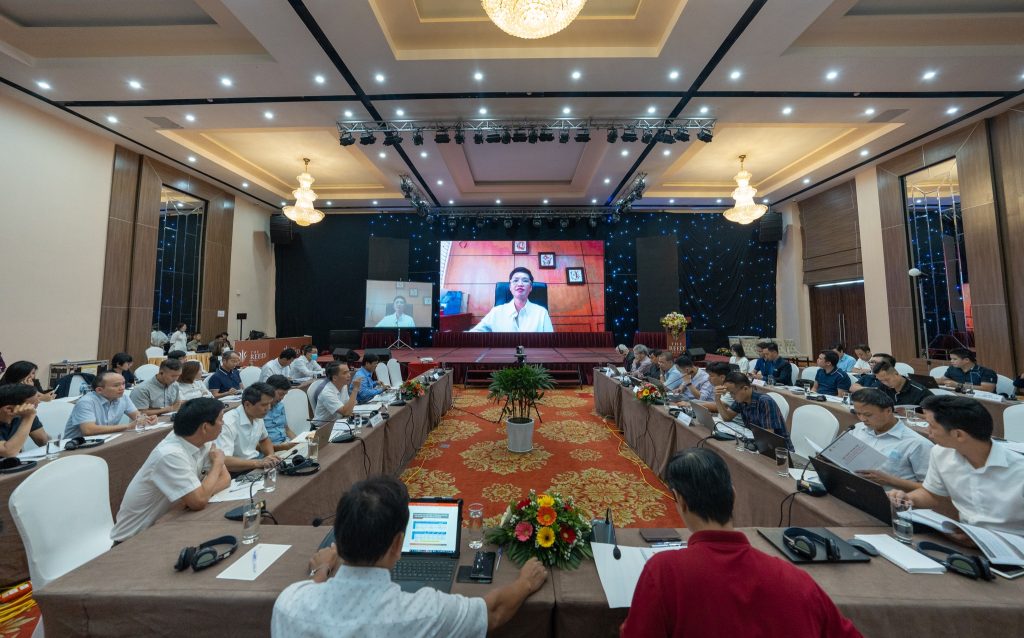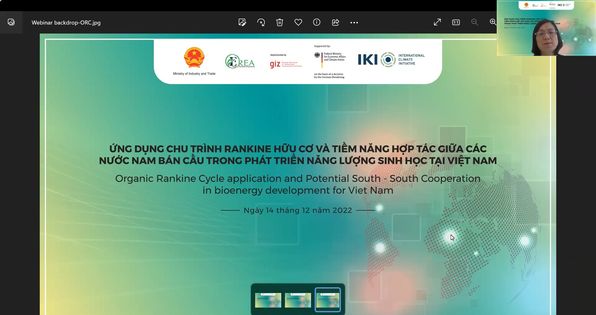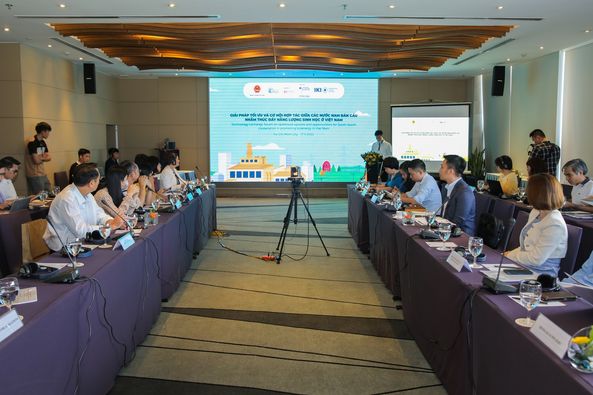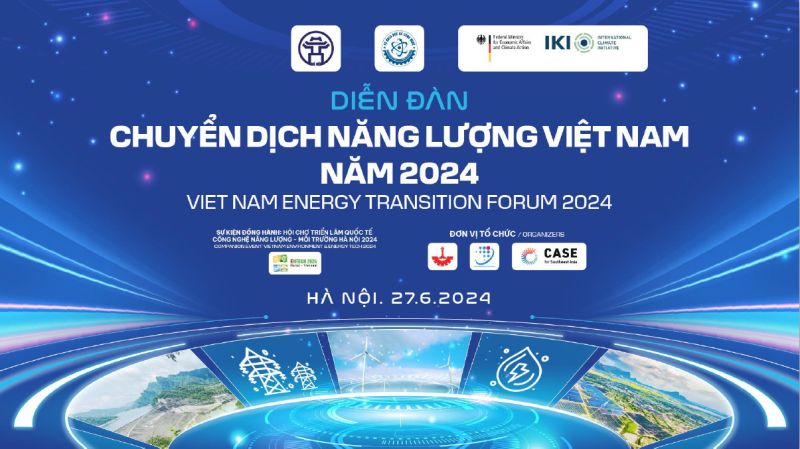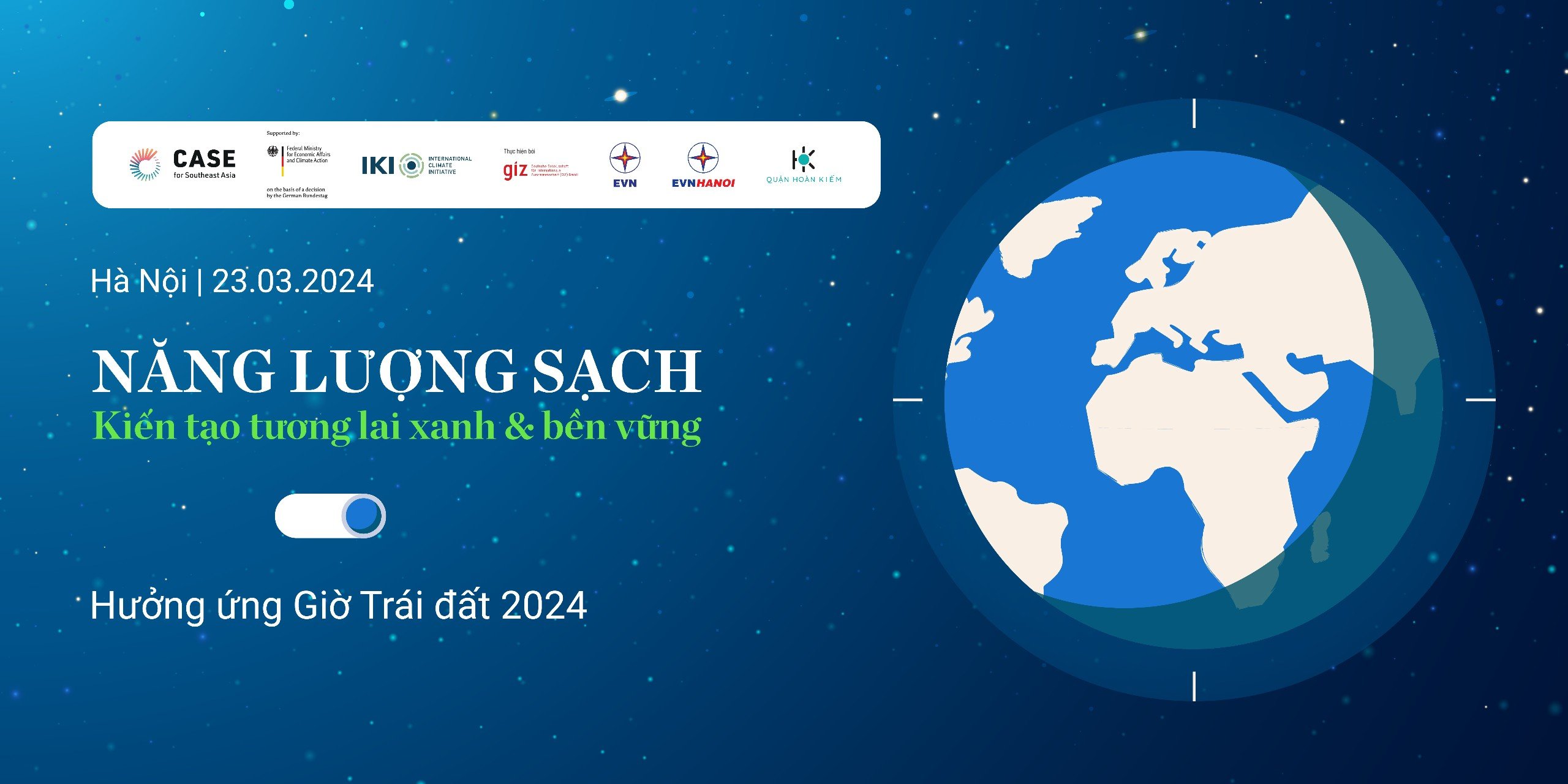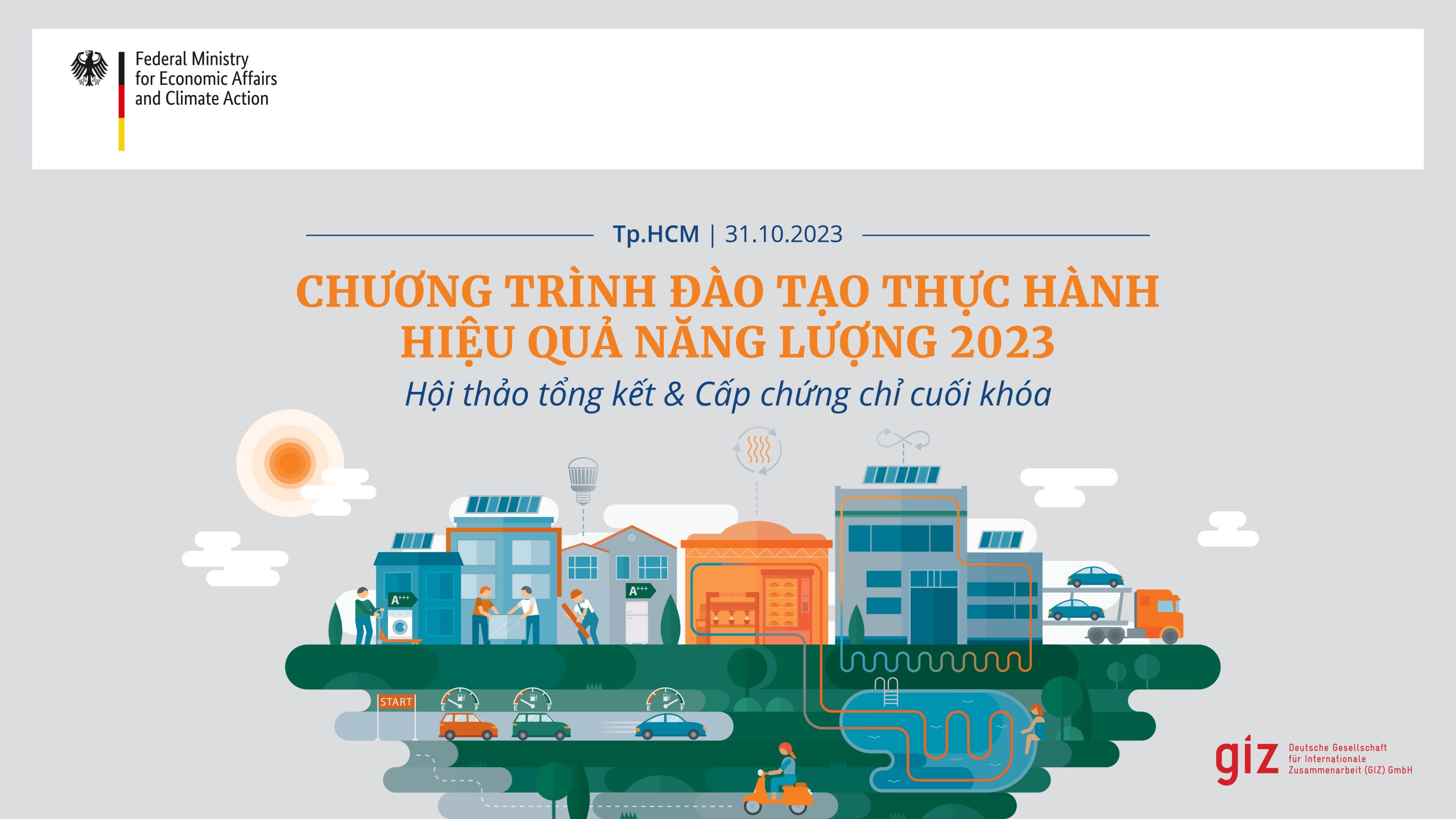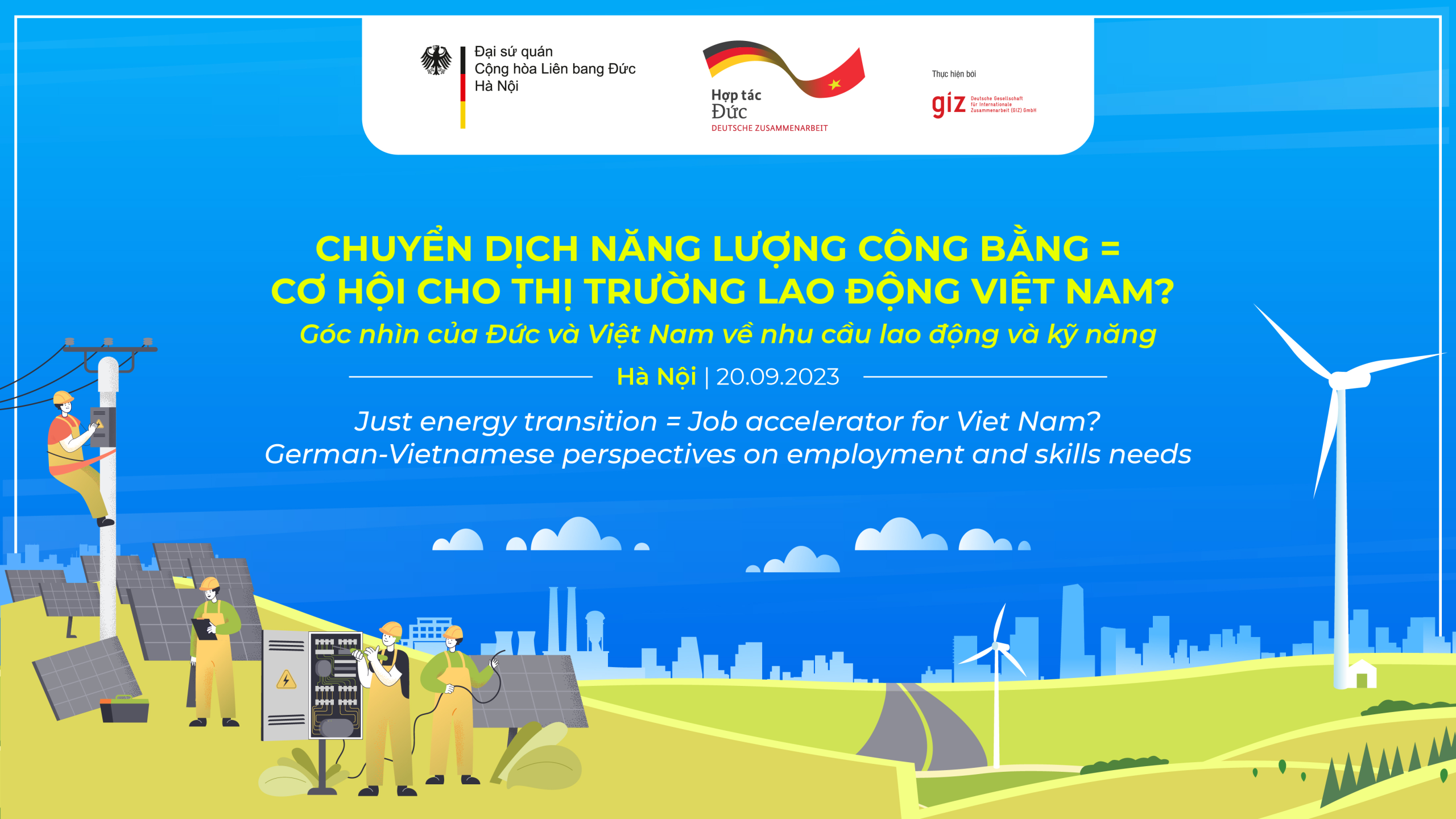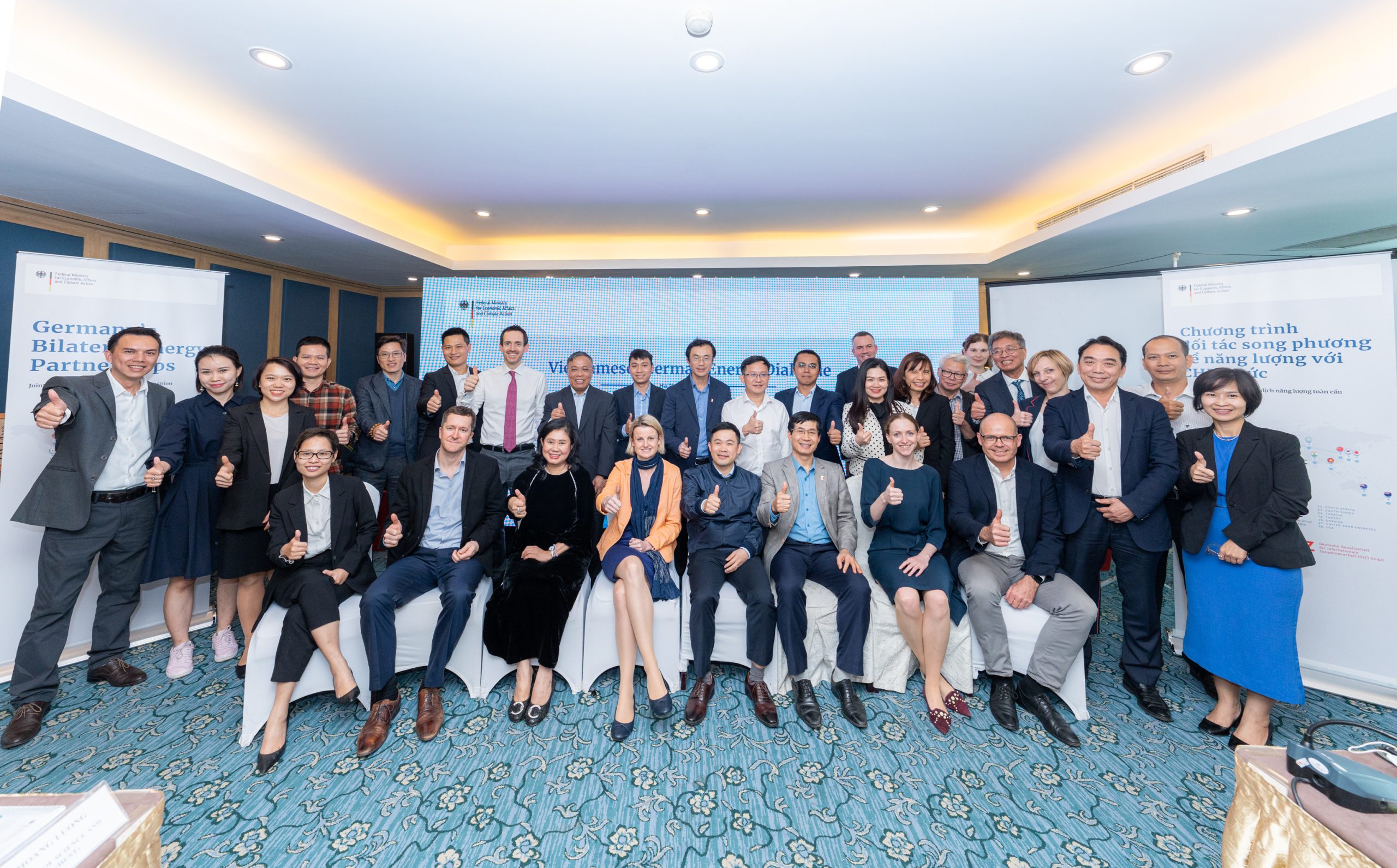If Viet Nam replaces 10 percent of its annual coal import (or 4,000 million tons) with local sources of biomass, the country can save up to 1 billion US dollars a year, creating more jobs and income to local people.
Mr Christoph Kwintkiewicz – an international expert – provided the information at a consultation workshop on co-firing application at thermal power plants in Viet Nam, reviewing biomass potential and current technologies. The event took place on 6-7 September 2022 in Ninh Binh.
Co-chaired by GIZ and the Electricity and Renewable Energy Authority (EREA) of the Ministry of Industry and Trade, the workshop belongs to the ‘Climate Protection through Sustainable Bioenergy Markets in Viet Nam’ (BEM) project, which is funded by the German Federal Ministry of Environment, Nature Conservation, Nuclear Safety and Consumer Protection (BMUV) through the International Climate Initiative (IKI).
In his presentation, Mr Kwintkiewicz highlighted international lessons learnt about legal framework, technical and economic aspects for co-firing power plants. He also recommended coal and co-firing power plants to use wood pellets instead of coal for CO2 reduction as Viet Nam has huge potential of the pellets for exports.
Having the same view, Mr. Ngo Sy Hoai – Vice President & Secretary General of Viet Nam Timber and Forest Product Association – revealed that Vietnam ranks the second after the US in wood pellet production and exports. Therefore, it is a good opportunity to use the sources at thermal power plants, instead of only selling them abroad. ?
At the event, other local experts – Dr. Vo Kien Quoc and Dr. Ha Anh Tung from the Research Institute of Sustainable Energy (RISE) – also summarised the evaluation of criteria for co-firing technologies and their applicability in Viet Nam, outlined their study on local biomass market, presented fact findings at selected biomass suppliers and thermal power plants, and described calculation at some case studies.
Mr. Do Viet Hoa – Deputy General Director then introduced the audience a case study on co-firing at Ninh Binh thermal power plant, in which the participants visited in the next day.
After all the presentations, the speakers were invited to join a round discussion on Viet Nam’s biomass potential market and opportunities for co-firing application in the country. The discussion was led by Associate Prof. Dr. Pham Hoang Luong – Senior Lecturer of Thermal Energy Faculty and Director of Viet Nam – Japan International Institute for Science and Technology of the Hanoi University of Science and Technology.
With the comments and discussions gathered at the workshop, BEM project together with local and international experts will finalise the study on co-firing technology at coal-fired power plants to identify potential and opportunities for partially coal by alternative fuel inputs.



